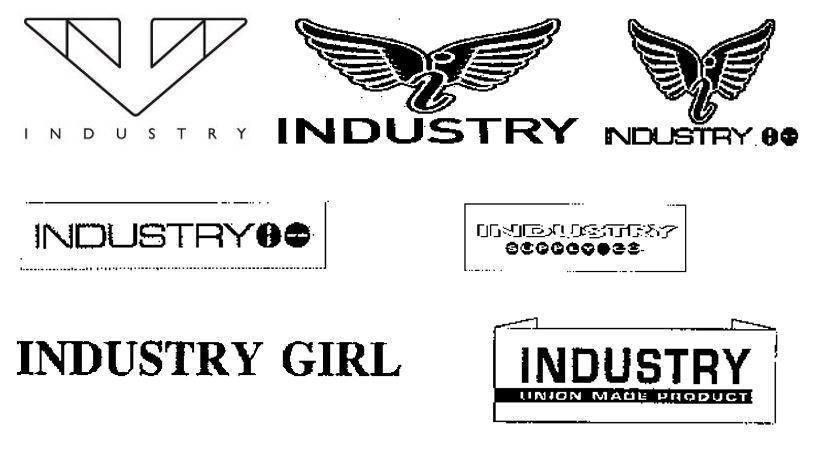Pure & Simple Concepts v. 1 H W Management (Finchley Group) (Fed. Cir. 2021)
Pure & Simple holds a collection of INDUSTRY trademark registrations for use on apparel. P&S licenses these to the Manhattan Group who sells clothing with the logos.
IN 2015, Finchley applied to register the word mark BLUE INDUSTRY for its apparel. P&S opposed registration — arguing both confusion and dilution. Opposition proceedings are initially decided by a panel of Trademark Trial & Appeal Board (TTAB) judges. In this case, the judges sided with Finchley and found no likelihood of confusion and no potential for dilution. On appeal, the Federal Circuit has affirmed.
The Trademark Act (Lanham Act) prohibits registration of a mark that “so resembles” another registered/used mark “as to be likely, when used on or in connection with the goods of the applicant, to cause confusion, or to cause mistake, or to deceive.” 15 U.S.C. § 1052(d). The TTAB’s approach is to make factual conclusions regarding the DuPont Factors before determining the existence of a likelihood of confusion. Here, the Board did not expressly consider all of the factors. That was no problem though since evidence/argument had not been presented for all of the factors.
The record before us shows that P&S only presented arguments and evidence based on DuPont factors 1 (similarity or dissimilarity of the marks), 2 (similarity of the goods and services), and 3 (similarity of established, likely-to-continue trade channels). Finchley presented counterarguments as to factors 1, 2, and 3, and additionally presented arguments and evidence as to factor 6 (number and nature of similar marks in use on similar goods). Neither party briefed the other factors.
Thus, on appeal, the Federal Circuit refused to hear new arguments regarding the other factors. The court also affirmed that the BLUE part of BLUE INDUSTRY was a “lead term” that would make a bigger impression than INDUSTRY. Also, the word “INDUSTRY” is fairly ubiquitous in the … industry.
[T]he Board found that given the “sheer volume of third-party registrations and examples of third-party use, consumers are conditioned to look for differences between INDUSTRY formative marks to determine the source of a given product and are therefore less likely to be confused.”
We conclude that the number of registered “industry” marks, combined with the specific examples of advertised use that were considered by the Board, are substantial evidence indicating that the sixth DuPont factor weighs in favor of Finchley.
The opposition also argued that the mark would cause dilution. However, a mark (or family of marks) must be “famous” before they can be diluted. “A mark is famous if it is widely recognized by the general consuming public of the United States as a designation of source of the goods or services of the mark’s owner.” Slip Op. Here, the TTAB concluded that P&S had not proven that its marks were famous or that its marks even formed a “family.” On appeal, the Federal Circuit affirmed — finding the Board’s conclusion supported by substantial evidence.
Affirmed, BLUE INDUSTRY can be registered (or at least is not barred by P&S’s marks). After Finchley argued so convincingly that BLUE is the key feature of the mark, the PTO might need to reconsider whether there are other related BLUE marks out there in use.
= = = =
The opinion refers to the Lanham Act four times, and the Trademark Act twice. I believe these are all directed to the same set of laws. What do you think?
Lets say you are talking about Section 2 of the _____ Act.
— Dennis Crouch (@patentlyo) May 24, 2021
"industry" - Google News
May 24, 2021 at 05:58PM
https://ift.tt/34aoqOH
Confusion in the INDUSTRY - Patently-O
"industry" - Google News
https://ift.tt/2RrQtUH
https://ift.tt/2zJ3SAW
Bagikan Berita Ini
















0 Response to "Confusion in the INDUSTRY - Patently-O"
Post a Comment